- Written By Team DWS
- Festivals
- April 09, 2025
Foot Washing Rituals: Lessons from Maundy Thursday
Maundy Thursday, a significant event in the Christian liturgical calendar, commemorates the Last Supper of Jesus Christ with His disciples. It is a profound moment that encapsulates themes of humility, service, and love—principles vividly demonstrated through the ritual of foot washing. This practice, rooted in biblical tradition, serves as a powerful reminder of the life and teachings of Jesus, offering rich lessons that remain relevant today.

The Biblical Context
The foot washing ritual originates from a powerful scene depicted in the Gospel of John (13:1-17). During the Last Supper, Jesus took on the role of a servant, something profoundly countercultural for a figure of His status. In a moment laden with significance, He washed the feet of His disciples—an act reserved for the lowliest of servants. This act did not only illustrate humility but also conveyed Jesus’ teaching on servanthood and love. When He instructed His followers to wash one another's feet, He established a model of leadership grounded in service rather than authority.
The Symbolism of Foot Washing
Foot washing transcends mere cleanliness; it symbolizes the purification of spirit and the call to serve others. Feet, often considered the dirtiest part of the body in ancient times, represent the burdens and struggles of life. By washing His disciples’ feet, Jesus acknowledged their flaws and imperfections while inviting them into a deeper relationship grounded in love and humility. This act encourages us to confront our own imperfections and embrace the transformative power of service.
Lessons in Humility and Service
The foot washing ritual teaches us several critical lessons applicable to our lives today:
- Embrace Humility: In a world that often prioritizes power, status, and personal gain, the act of foot washing prompts us to recognize our shared humanity. It challenges us to serve others without expectation of reward or recognition. Jesus’ example humbles us and reminds us that true greatness lies in our ability to serve others selflessly.
- Practice Vulnerability: By allowing Jesus to wash their feet, the disciples demonstrated vulnerability. They allowed themselves to be served, which can be challenging in a culture that values independence and self-sufficiency. This lesson urges us to be open to receiving help and support from others, fostering deeper connections and community.
- Commit to Community: The Last Supper was not merely a meal but a gathering of significant communal importance. Through the act of foot washing, Jesus strengthened the bond between His disciples, reinforcing the idea that true community is built on mutual service and care. In our own lives, committing to serve one another fosters unity and strengthens our relational ties.
- Transformational Love: The foot washing ritual epitomizes unconditional love. Jesus’ willingness to wash the feet of those who would soon betray and abandon Him underscores His boundless love and forgiveness. This lesson teaches us to extend grace and compassion, even to those who may have wronged us, promoting healing and reconciliation.
Reviving the Ritual in Modern Contexts
While foot washing may seem like an archaic tradition, its relevance can be revitalized in contemporary settings. Churches around the world continue to incorporate this practice into Maundy Thursday services, inviting congregants to engage in a tactile expression of servitude and community. However, foot washing can also transcend religious spaces; its principles are applicable in various contexts—from workplaces to schools, where acts of service can transform relationships and build team spirit.
How to Practice Foot Washing Today
- Participate in Community Services: Engage in volunteer work where you can serve others in practical ways. This can be as simple as helping at a local shelter or supporting community clean-up efforts.
- Cultivate a Service Mindset: Incorporate small acts of kindness in your daily life. Whether it’s listening to a friend in need or helping a neighbor, these gestures can embody the spirit of foot washing.
- Engage in Vulnerable Conversations: Foster deeper relationships by opening up and allowing others to support you. Share your struggles and be willing to listen to others.
- Hold Regular Reflection Time: Consider setting aside time for meditation on the principles of humility and servitude. Reflect on how you can better serve your community and live out these lessons.
Conclusion
Foot washing rituals, rooted in the teachings of Maundy Thursday, offer timeless lessons on humility, service, and love. As we reflect on this practice, we are called to embody these principles in our daily lives, fostering a spirit of community and connection. By embracing the example of Jesus, we not only honor His legacy but also contribute positively to the world around us, transforming relationships through simple acts of service and love.

Maundy Thursday FAQs: Understanding the Significance and Traditions
1. What is Maundy Thursday?
Maundy Thursday is a Christian holy day that occurs on the Thursday before Easter. It commemorates the Last Supper of Jesus Christ with his disciples, during which he instituted the practice of Communion and washed the feet of his disciples as a sign of humility and service.
2. What does the term "Maundy" mean?
The term "Maundy" is derived from the Latin word "mandatum," which means "commandment." This refers to Jesus' commandment to his disciples to love one another, as he loved them, during the Last Supper (John 13:34).
3. Why is foot washing significant on Maundy Thursday?
Foot washing is significant as it symbolizes Jesus' humility and willingness to serve others. In the Gospel of John (13:1-17), Jesus washes the feet of his disciples, demonstrating the importance of serving each other and exemplifying the call to be humble and loving.
4. What are the typical activities or services held on Maundy Thursday?
Maundy Thursday services often include the Eucharist or Communion, the washing of feet, and readings from the Gospels related to the Last Supper. Some churches also hold vigil services in the evening, and the altar is often stripped bare to symbolize Jesus’ abandonment.
5. Is Maundy Thursday a public holiday?
Maundy Thursday is not a public holiday in many countries, but it is observed as a significant event in the Christian liturgical calendar. Some churches may have special services or events, while schools and businesses may operate as usual.
6. How does Maundy Thursday fit into Holy Week?
Maundy Thursday is part of Holy Week, which includes Palm Sunday, Good Friday, and Easter Sunday. It marks the beginning of the Triduum, a three-day period leading up to Easter that commemorates the passion, death, and resurrection of Jesus.
7. Are there any specific symbols associated with Maundy Thursday?
Common symbols associated with Maundy Thursday include the bread and wine used in Communion, the basin and towel used for foot washing, and the altar, which is often stripped of decorations as a reminder of Jesus' betrayal and suffering.
8. Can anyone participate in Maundy Thursday celebrations?
Yes, Maundy Thursday services are open to all, regardless of denomination or background. Visitors are typically welcome to partake in Communion and participate in foot washing, although specific practices may vary by congregation.
9. Why is Maundy Thursday important for Christians?
Maundy Thursday is important because it reminds Christians of Jesus’ sacrifice, the establishment of the Eucharist, and the call to serve others in love. It is a time for reflection, prayer, and preparation for the events of Good Friday and Easter Sunday.
10. How can individuals prepare for Maundy Thursday?
Individuals can prepare for Maundy Thursday through prayer, reflection on the significance of Jesus' actions during the Last Supper, and by participating in church services. Some may choose to fast or engage in acts of service as a way to embody the lessons of humility and love.
Feel free to ask if you have any more specific questions or need additional information!
Popular on Blogs
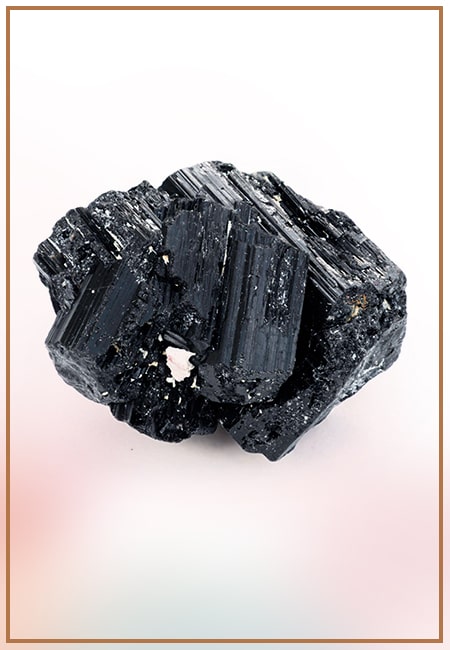
Black Tourmaline: Meaning, Healing Properties, Fascinating Facts, Powerful Attributes, Versatile Uses, and Beyond
September 05, 2023 / BY Team DWS
Black Tourmaline, also known as Schorl, is a highly revered crystal with incredible metaphysical properties. It derives its name from the Dutch word "turamali," meaning "stone with ..
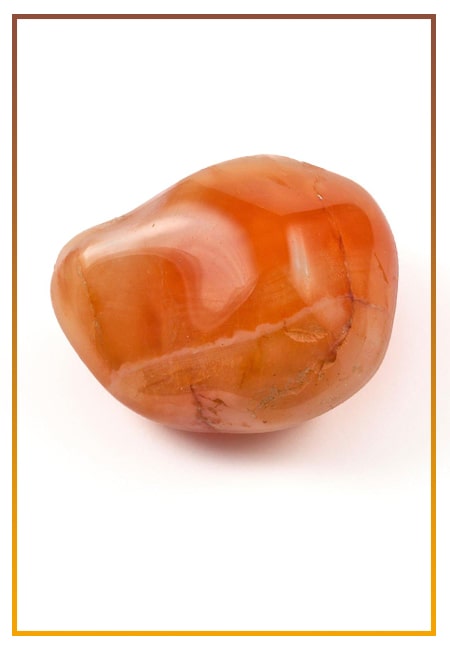
Carnelian Stone: Meaning, Healing Properties, Power, Facts, Color, Uses and More
December 26, 2023 / BY Team DWS
Carnelian is a vibrant and captivating gemstone that holds a plethora of meanings, healing properties, and powers. Its warm and fiery energy makes it a popular choice among crystal ..
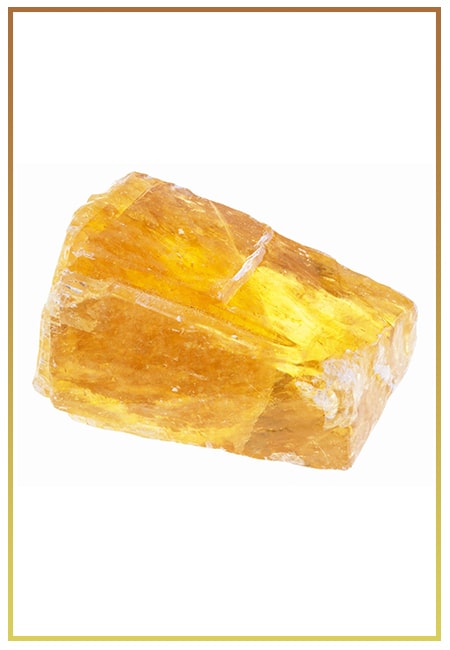
Citrine: Exploring its Meaning, Healing Properties, Fascinating Facts, Powers, Versatile Uses, and Much More
November 18, 2023 / BY Team DWS
Citrine, with its warm golden hues, has captured the attention and imagination of people for centuries. This beautiful gemstone, commonly associated with wealth and prosperity, hol ..

Black Onyx: Unveiling the Meaning, Healing Properties, Fascinating Facts, Powerful Attributes, Versatile Uses, and Beyond
July 25, 2023 / BY Team DWS
Black Onyx, a striking gemstone admired for its deep black hue and elegant appearance, has captivated people for centuries. In this comprehensive guide, we will delve into the mean ..
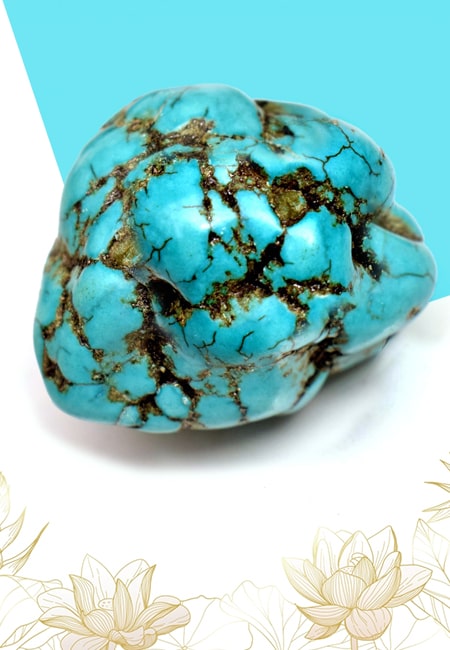
Unveiling the Mysteries of Turquoise Stone: Exploring its Meaning, Healing Properties, Power, Facts, Color, Uses, and More
December 05, 2023 / BY Team DWS
Turquoise, with its captivating blue-green hue, has been adorning jewelry and artifacts for centuries. This striking stone has a rich history, rich symbolism, and a plethora of int ..
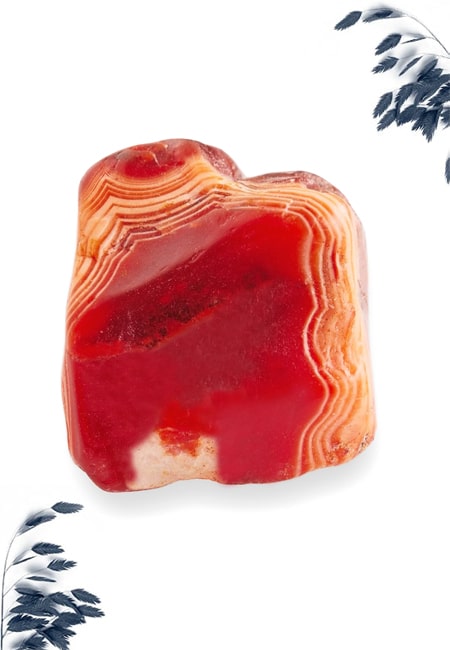
The History Behind The Popularity of Red Agate
December 23, 2022 / BY Team DWS
An Agate is a type of magma rock that takes many years till it is washed out naturally into the water. And that is the reason this stone has elements of water. This beautiful stone ..

Plan a Perfect Valentine's Week with Our Valentine Week List 2025
January 22, 2024 / BY Team DWS
Valentine's Day is undoubtedly the most romantic day of the year, but we believe that one day is just not enough to express your love and make your partner feel special. That's why ..

Bloodstone: Unveiling the Meaning, Healing Properties, Facts, Powers, Uses, and More
August 21, 2023 / BY Team DWS
Bloodstone, with its captivating deep green color with specks of red, is a mesmerizing gemstone that has fascinated civilizations for centuries. It possesses unique healing propert ..


